Seville provided us with a unique opportunity not available to us before on this trip. Since we were constantly behind on our blog entries, we had recently taken to updating the blog header with our current location. M's cousin R, a committed reader and commentor of this blog, coincidentally happened to be in Spain at the same time and got in touch with us. Thanks to fast train connections from Madrid to Seville (and a fist full of Euros, train tickets are not cheap in Spain!), we had the pleasure of his company for an entire day as we explored Seville. We did not let the steady drizzle that stayed with us for most of the day interfere our walking plans and R was sporting enough with go with it despite running the risk of ruining his dress shoes.
If we thought Granada's cathedral was massive, it was put in the shade by its gargantuan counterpart in Seville, the second largest cathedral in the world (after St. Peter's Basilica in the Vatican). Its builders reportedly wanted to impress future generations about their sheer lunacy and this was the result. Built on the site of a former mosque (after Seville fell to the Christians in the 13th century), the main building is 126m long and 83m wide. The interior of the church takes some time to explore (but offered us a good respite from the rain) and its treasures include the Tomb of Columbus (much debated by historians), the various chapels adjoining the inner walls and the superb stained glass ornamentation. The main altar was closed for renovation during our visit, but the temporary covering was itself rendered with the image of what was covered within.
The Chapel of St. Anthony (Capilla de San Antonio) is a highlight featuring the large 1666 canvas by Murillo depicting a vision of St. Anthony of Padua. We looked for signs of damage and could see the marks around the kneeling saint who was excised by thieves in 1874, eventually found in New York and placed back in the painting.
Video of Seville Cathedral Interior
The original mosque's minaret, La Giralda, still stands on one side. The top of the Giralda is a favorite place to get a panoramic view of the city and requires a climb on a series of gently sloped ramps (guards used to ride on horseback) up to the top. Constructed in the 12th century as the main mosque's minaret, La Giralda is said to be the model for several other structures, most notable among them being the minaret of Koutoubia mosque in Marrakech and the Hassan tower in Rabat. The topmost parts were added later by the Christians. The 16th century bronze weathervane, El Giraldillo, represents Faith and is a symbol of Seville.
One need not look far to find orange trees in Andalucia. If you wished, you could pick oranges off trees while waiting for a bus at a city bus stop. The Patio de los Naranjos, adjoining the cathedral was originally the courtyard where Muslims performed their ablutions. The 60 neatly lined orange trees in the patio make a beautiful sight, particularly when looked at from La Giralda from above.
Across the Plaza del Triunfo from the cathedral is the The Alcazar, which is Seville's counterpart to the Alcazaba in Malaga and the Alhambra in Granada. In its 11 centuries of existence since it began as a fort for the Muslim governors of Cordoba in the 10th century, several Muslim and Christian rulers have occupied this complex and made additions in different styles. Ferdinand and Isabel set up court here in the 15th century in preparation for their invasion of Granada, the last Islamic bastion in Spain. The history of the Alcazar is full of intrigue with murders and love affairs galore. Gothic structures replaced Islamic ones in some cases.
Video - Alcazaar
We could not do justice to the many splendors of the Alcazar during our short visit. We enjoyed the large tapestries depicting a map of the Mediterranean and war scenes, the intricate patterns on the walls, floors and ceilings. It seems that no opportunity for ornamentation was wasted by the builders of this magnificent complex. While it lacks a single unified theme due to its complex history, the individual elements, be they halls or courtyards or fountains or gardens, make a deep impression on the visitor. It does not have the star quality of Granada's Alhambra with its hilltop location and iconic water channeling lions, but does hold its own (some plasterwork were apparently brought here from the Alhambra in the 19th century).
One would have thought that bullfighting in Spain goes back several centuries but we learned that it began only in the 18th century. A visit to Plaza de Toros de la Real Maestranza (Seville's bullring) includes a guided walk through the museum housed within, exhibiting the culture of bullfighting. The stadium was vacant on this rainy day but the sculptures and paintings bring the culture to life vividly. We also learned that all bullfights eventually end with the death of the bull regardless of whether their human adversaries suffer the same fate or not. Originally the toreadors were on foot but eventually fought on horseback. Horse casualties were also common as could be inferred from the several paintings depicting fallen horses gored by bulls. Portraits of past toreador stars were interspersed with mounts of bull heads.
Seville is also a great city for walking around and boasts narrow, angular streets guaranteed to have you scratching your head even with a map. The streets connect several plazas (Plaza Donna Elvira, Plaza de Santa Cruz, Plaza de San Francisco, Plaza de los Venerables etc.). Plaza de San Francisco was apparently used for burnings in Inquisition times. Elegantly decorated horse carts line the streets and there is a lot of pressure to get you on one. Tapas bars are plenty and while there is no Granada style free tapas with a drink culture, they are supposed to be unique. They rarely cater to vegetarians but we did manage to find one who was able to customize something for us. We were not too overwhelmed. The pedestrianized Calle Sierpes is an upscale fancy shopping district far removed from the historic nature of the neighborhood that it lies in the middle of. The medieval Jewish quarter in Barrio de Santa Cruz has a distinct character dominated by orange trees.
The Plaza de España, which was built in 1929 to host the Exposicion Iberoamericana on the site of a former tobacco factory, lies outside the city's central district. The large building is grand in its expansive design and showcases every region of Spain with iconic tilework. Geography buffs will love taking the long walk from end to end perusing the states of Spain arranged in alphabetic order. Adjacent to it is the large Parque de Maria Luisa, that provides a quiet retreat from the bustle of the city.
Seville is the setting for several operas. Apart from the couple about Figaro, other famous operas like Bizet's Carmen, Mozart's Don Giovanni, Beethoven's Fidelio, Verdi's La Forza del Destino are set there. Prokofiev's "Betrothal in a Monastery" mentions the curiously named Rio Guadalquivir and makes a word play on it. It was nice to take a walk by the side of river that one has encountered in the past and the eye catching Torre del Oro, the 13th century Islamic watchtower, by its side. It was supposedly covered in gold, hence its name, Tower of Gold. All the city's sights are east of the river, but the western part of town deserves a look too. We found lively street action there with street performers doing their best to entertain the sparse onlookers.
Video - Seville West street scene
V was determined to get a haircut in Seville and was even prepared to get it from one who could not sing Largo al factotum. But his search for one proved fruitless and he had to leave Seville without this satisfaction.
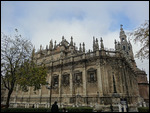
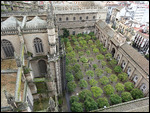
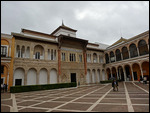
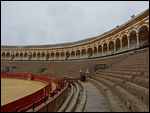
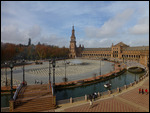
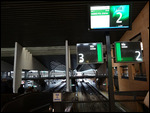


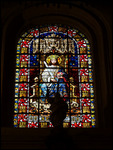
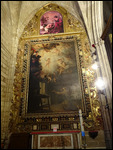
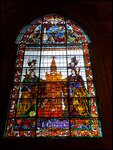


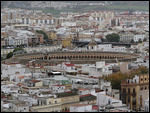
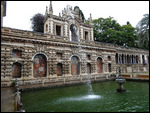
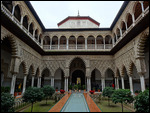

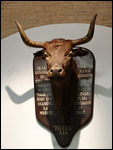
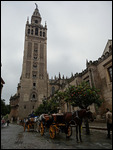
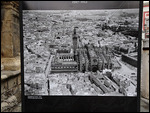
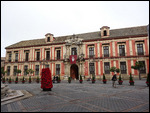
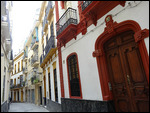
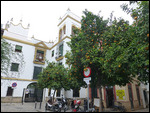
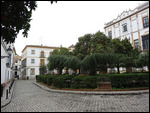
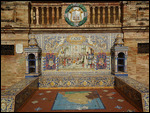
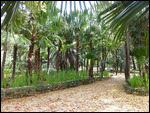
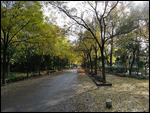
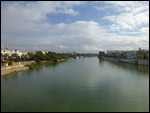
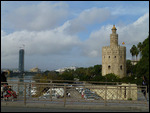
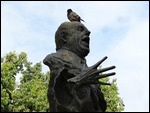

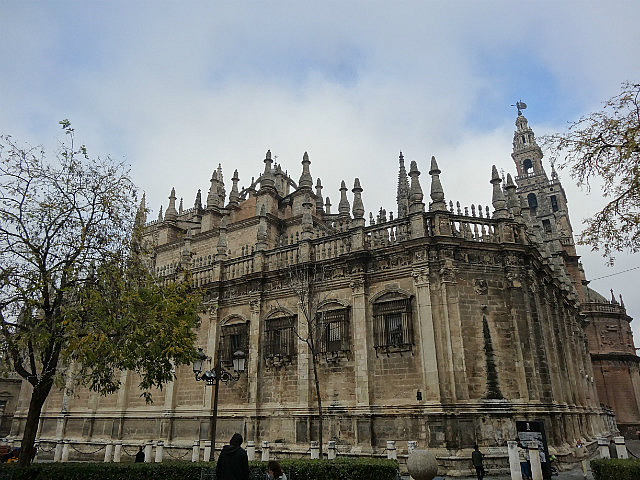
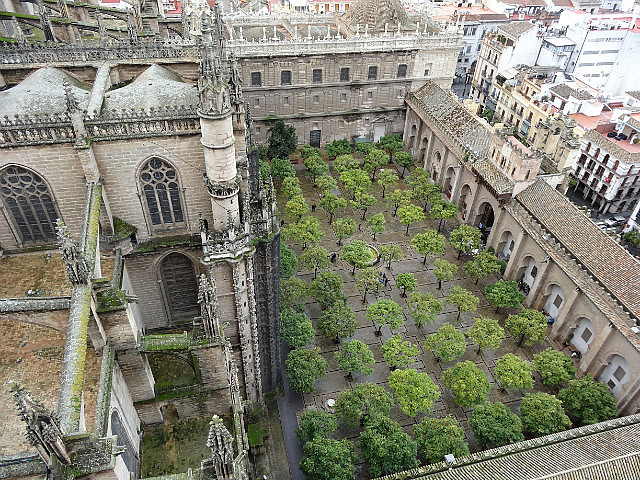
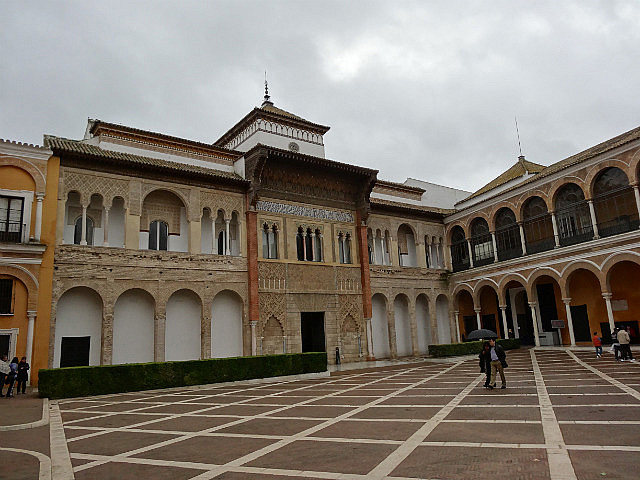
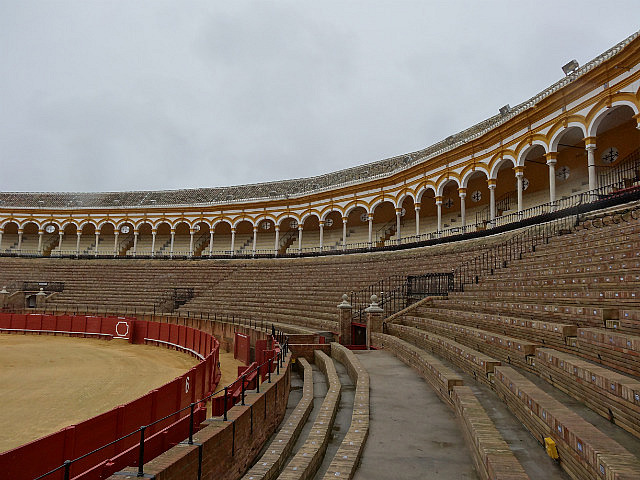
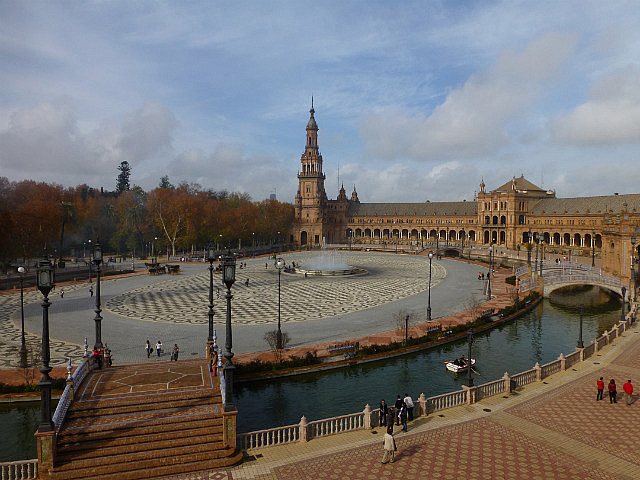

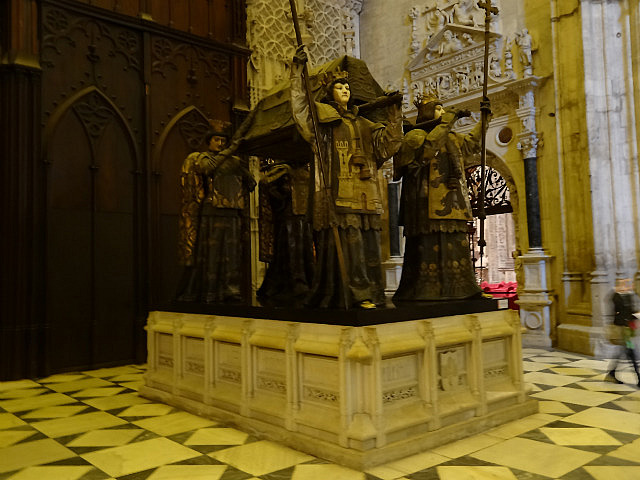
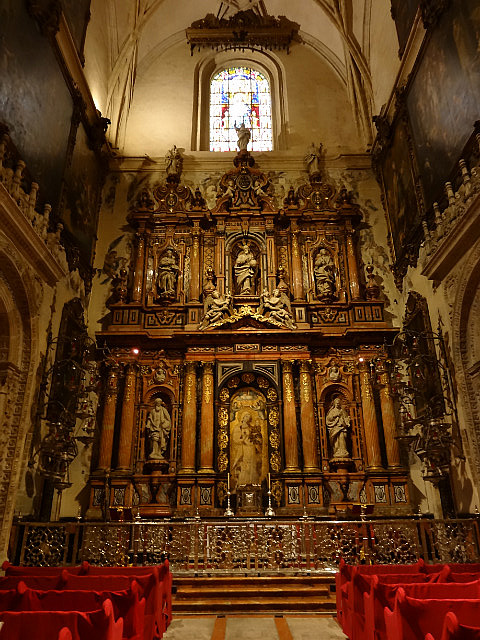

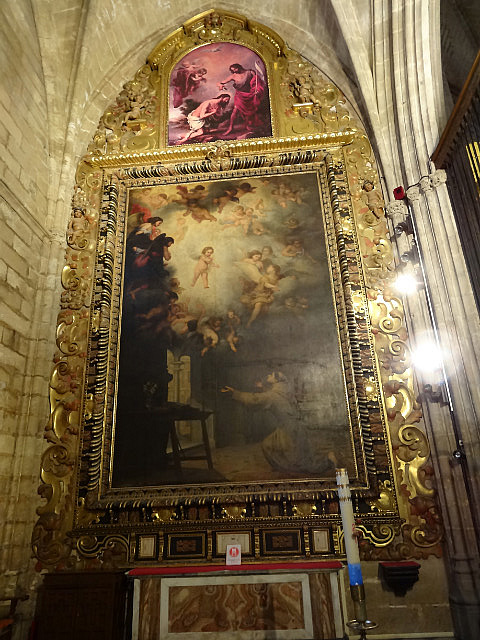
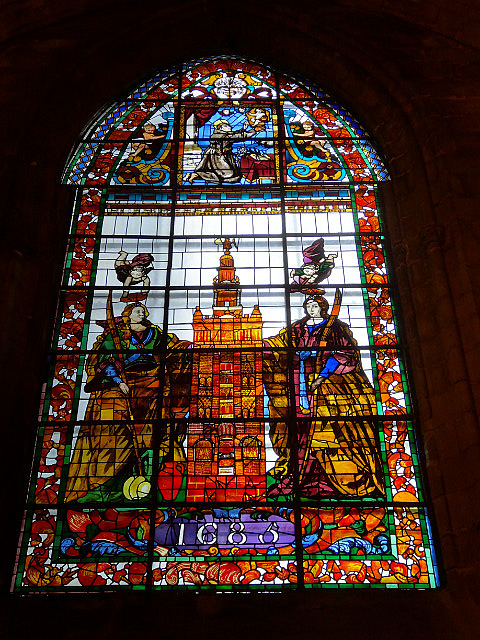
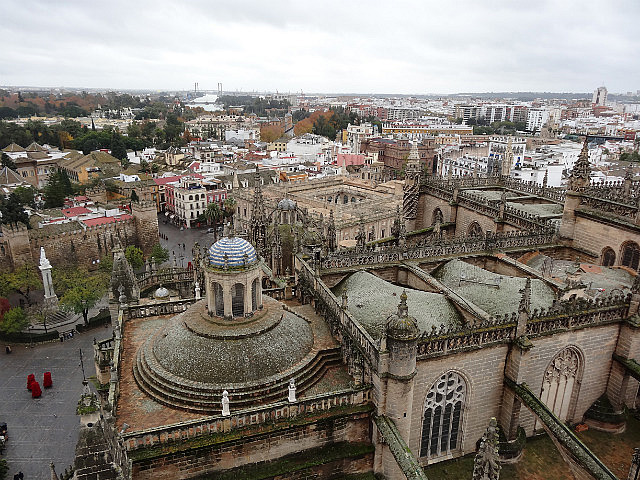


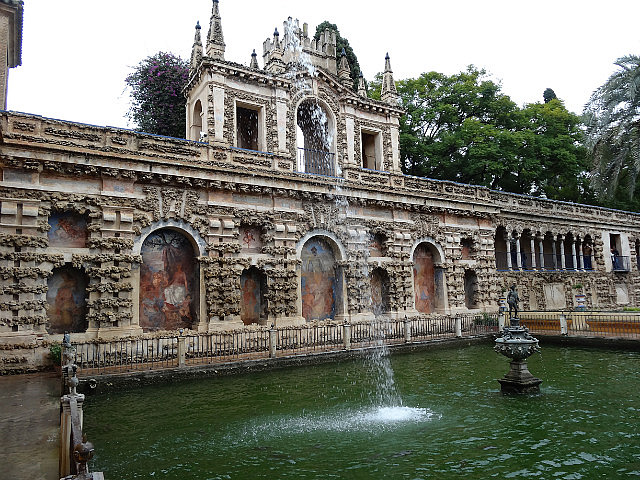


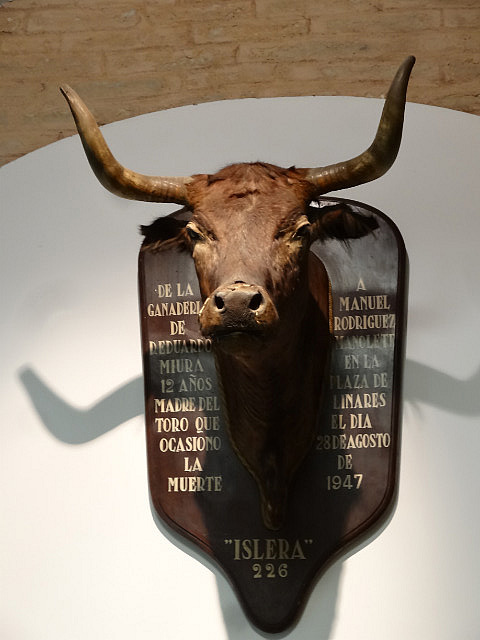
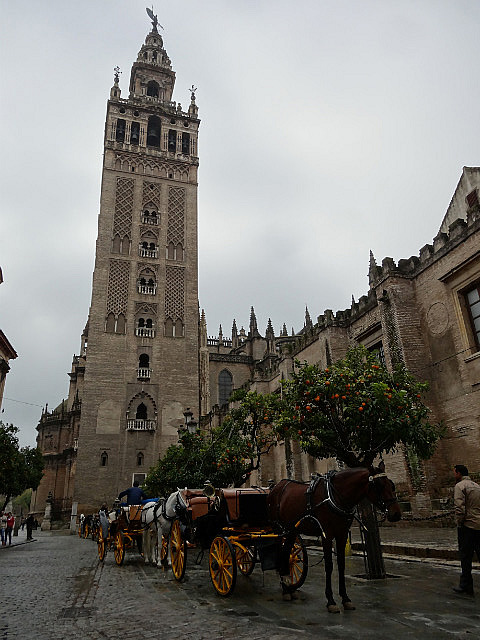
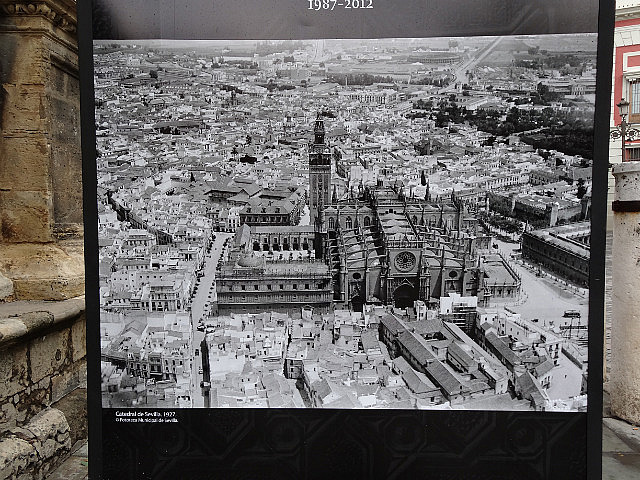
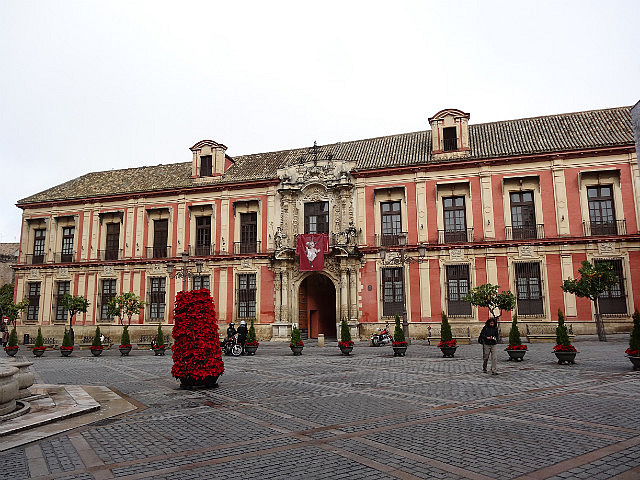
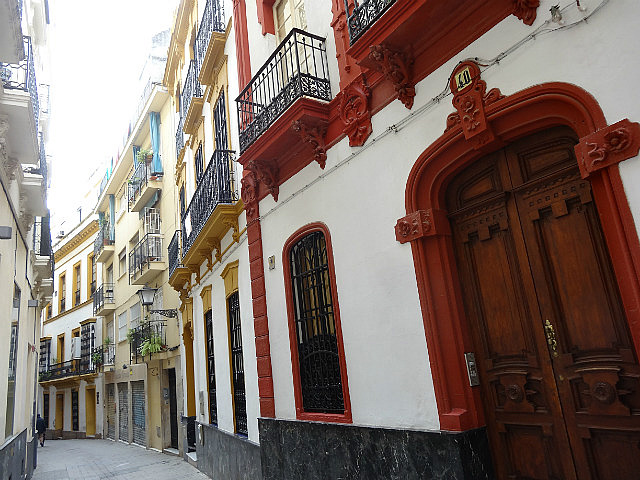
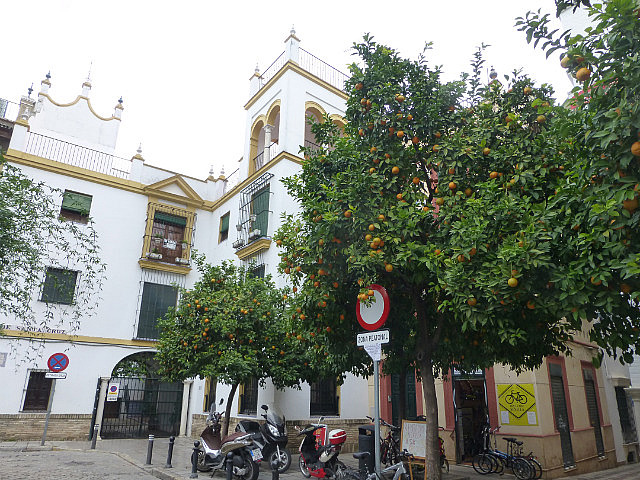
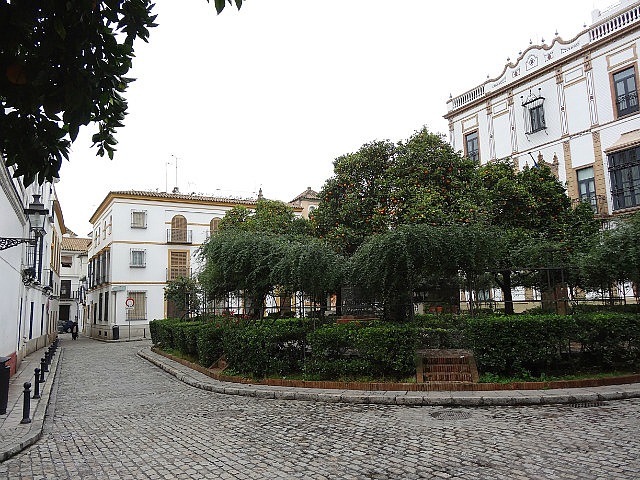


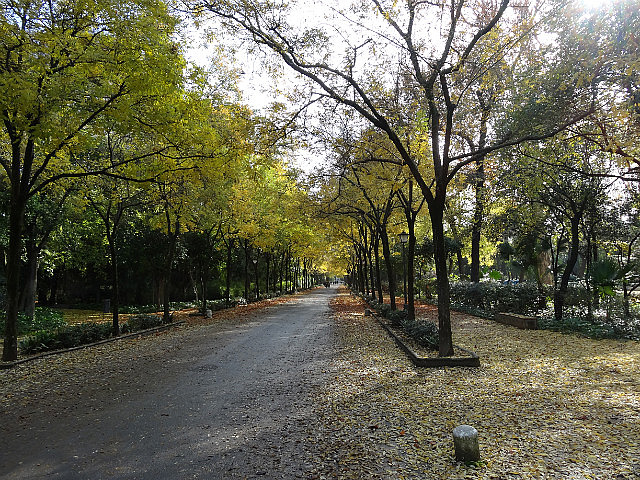
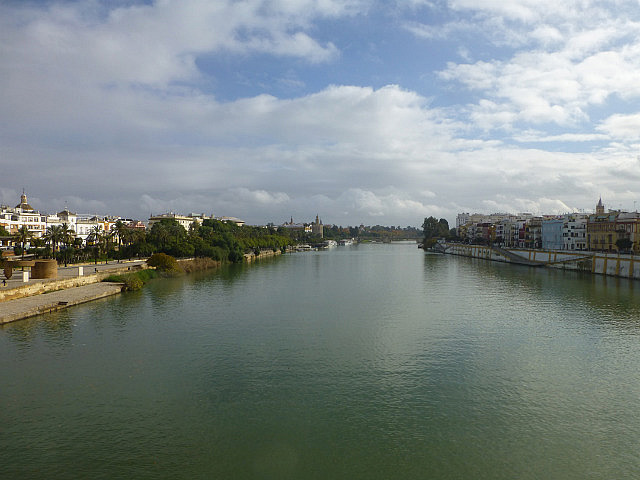



Comments